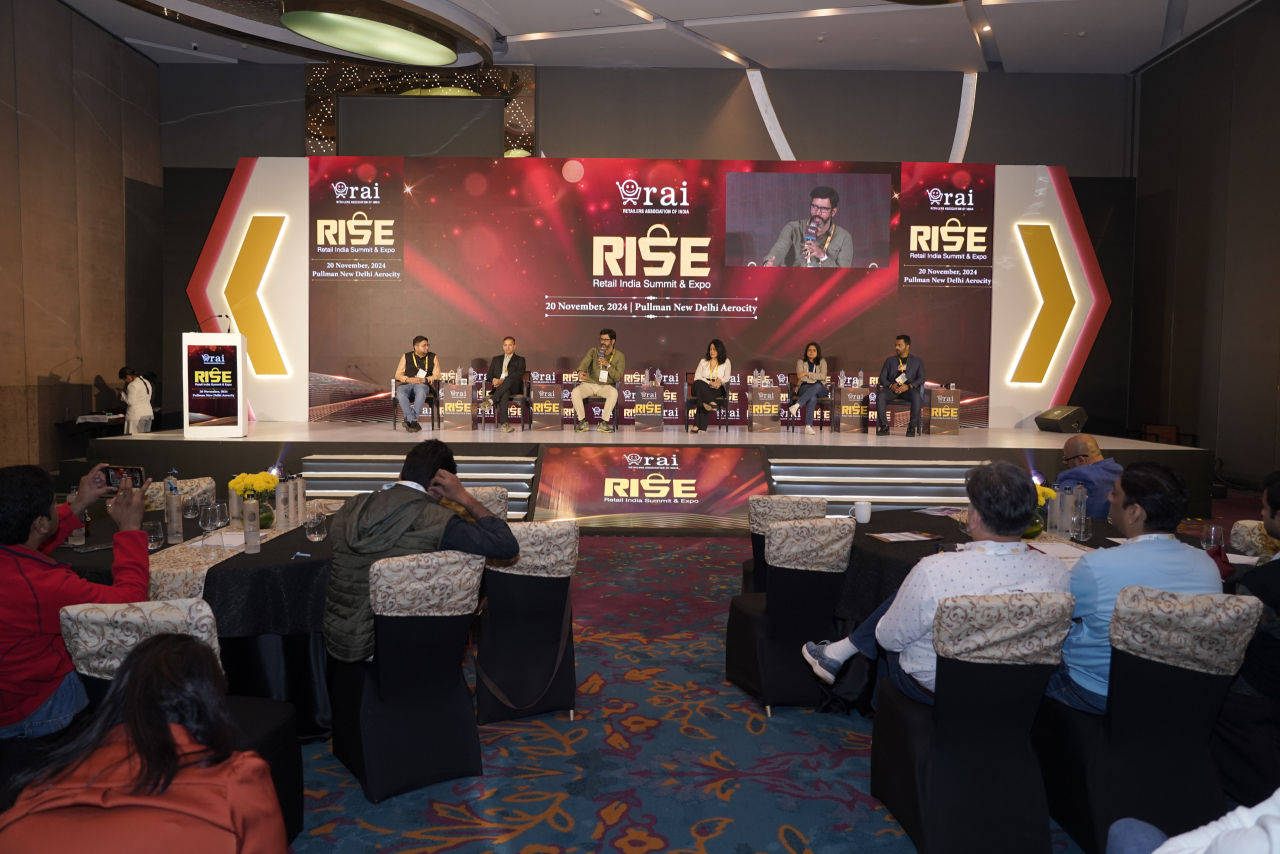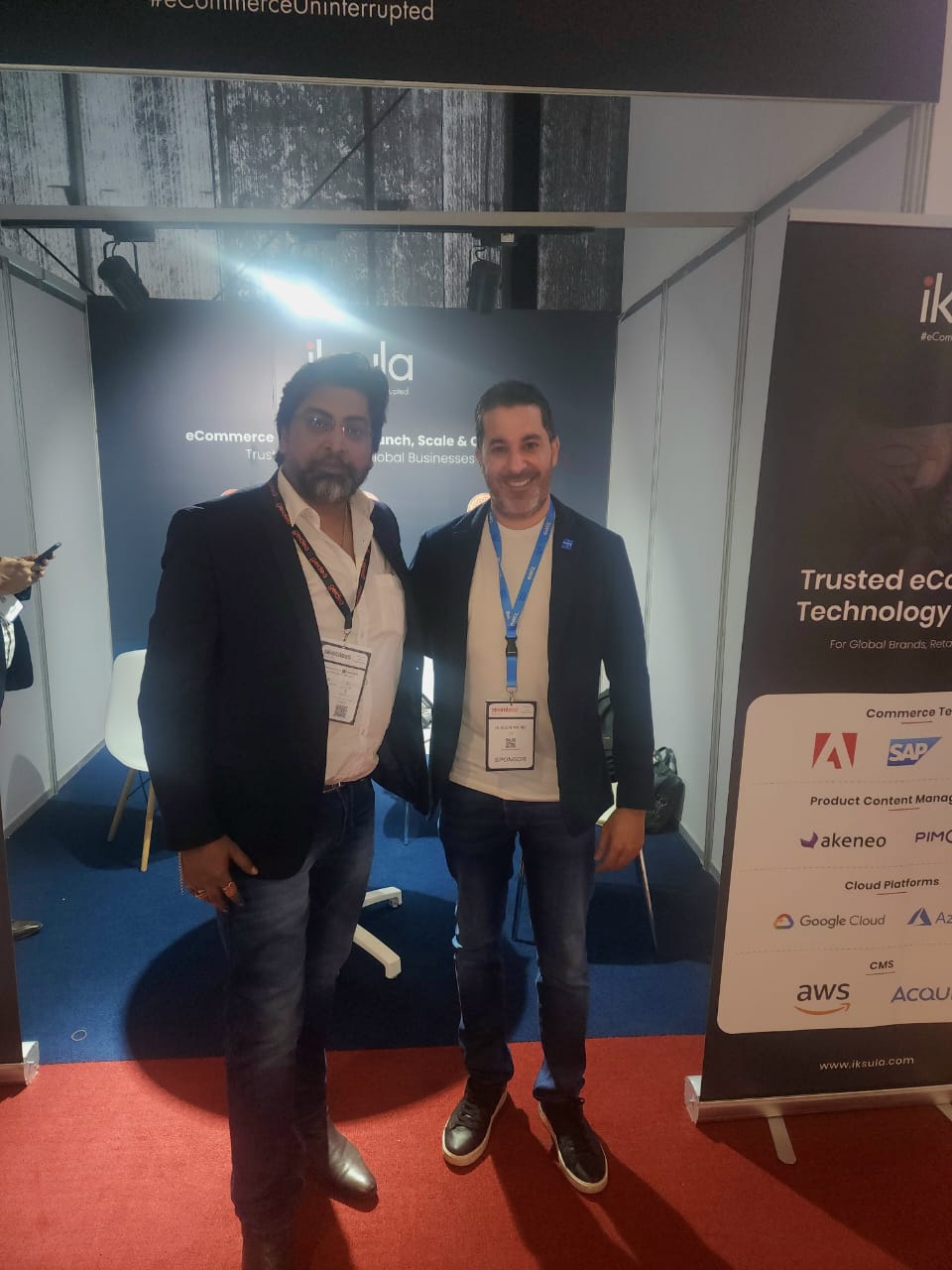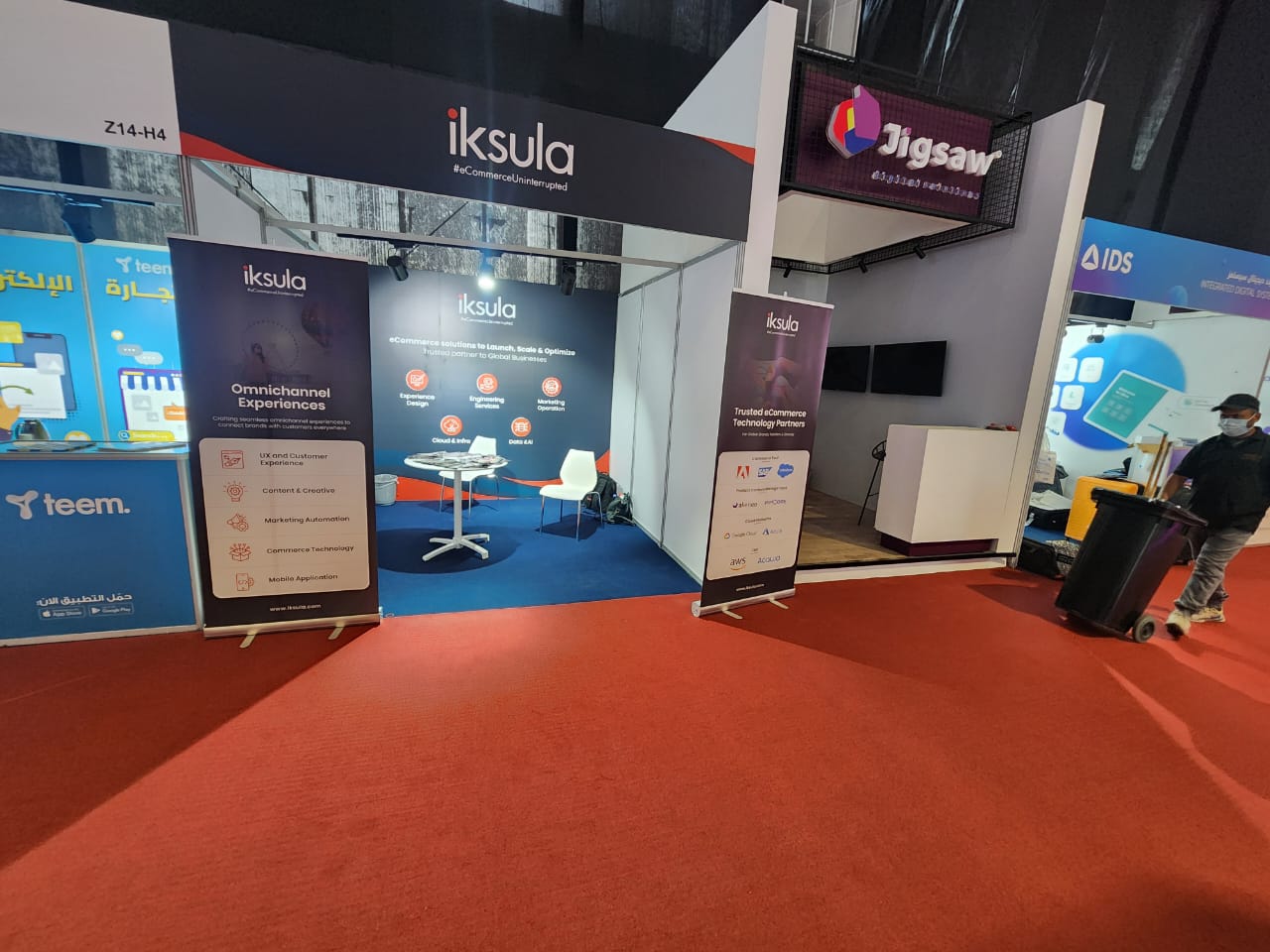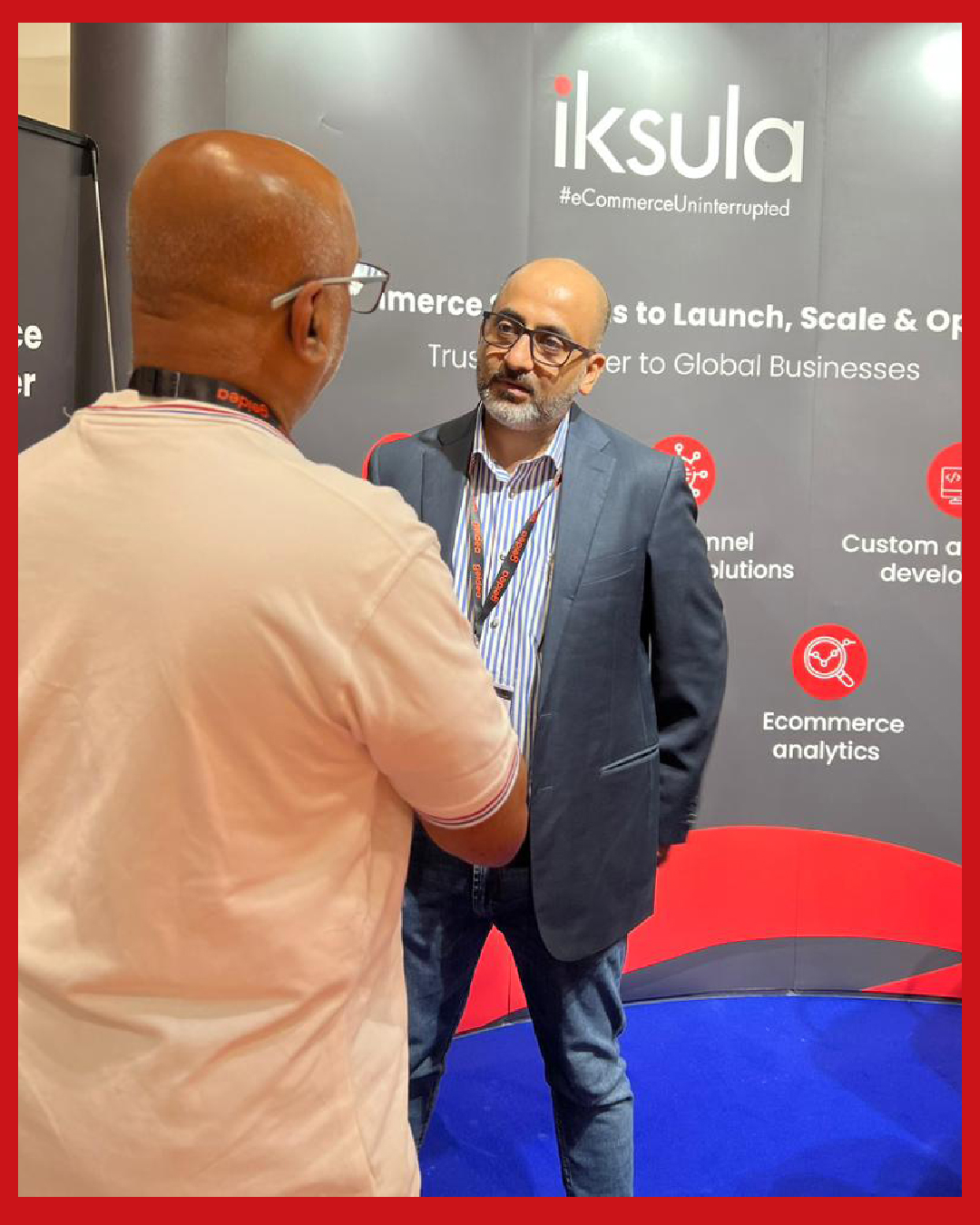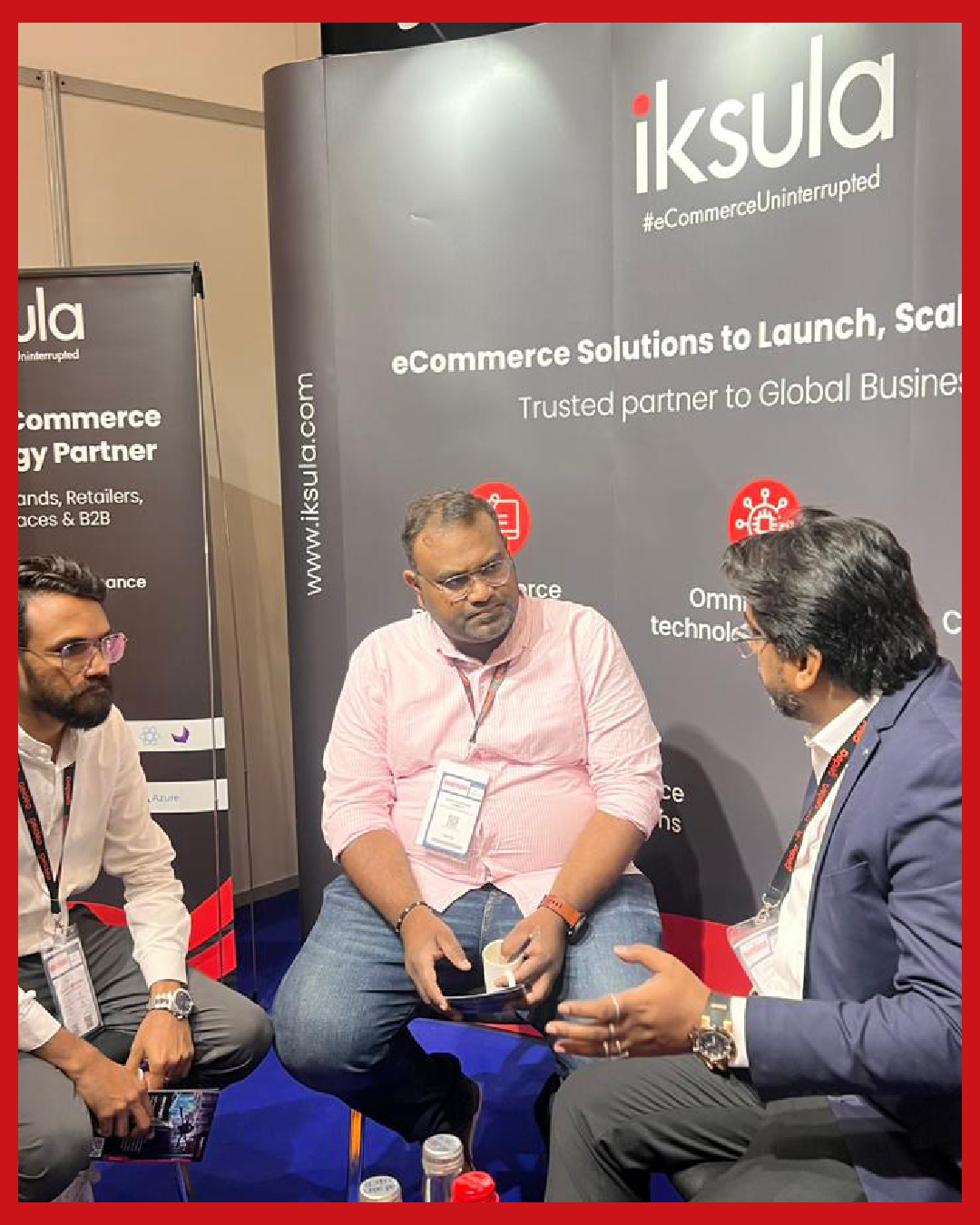It’s the time of year when everyone is looking to set their expectations for the year ahead. For retail, 2017 promises more disruption ahead as retailers try to figure out the changing shopping behaviors they see from customers who are more digitally savvy than ever. Here is my take on five predictions for retail in 2017.
- More AR/VR Deployed To Stores
Augmented and virtual reality are often lumped together even though they are different experiences for the end user. But for retailers, they should consider them an either/or/and kind of opportunity, one that has the potential to engage with consumers in new ways.
Why 2017?
Consumer VR is finally approachable. Everyone from Sony to HTC to Google to Facebook (Oculus) had VR in stores for the holidays, and many brands were almost as hard to find as a Hatchimal. Sony stands to capitalize the most on consumer-grade VR, as they have a ready-made installed base of PlayStations ready to take on the capability. Content designers are getting more knowledgeable about how to reduce the “hurl factor” that some VR experiences have caused, and consumers are becoming less self-conscious about wearing the headsets.
Approachability has also increased for AR. Pokémon Go has turned AR from a novelty to a regular check-in for interacting with physical spaces. The game has trained thousands and thousands of consumers what to expect from an AR experience.
For retailers, the challenge is to bring something experiential into stores. VR headsets are one route. Easter-egg type AR at the shelf can also drive mobile app adoption and encourage gamification type of engagement.
Watch out for:
- Content is hard to come by. Retailers need to make sure experiences don’t get stale. This requires commitment without an assured return.
- Avoid coming across as gimmicky. Newness is a factor here, which means the window of opportunity might be 2017, and then it’s either passe or must wait until content catches up to really take off
- Radical Store Reinvention
Hointer is a solution provider that is helping retailers create innovative in-store experiences. In 2012, the company opened a “beta store” to showcase some of its innovations. The store focused on men’s apparel and an integrated technology/fitting room experience that was much of the talk of 2013. The company has since moved on from there, but at the time the Hointer store was radical – a complete re-envisioning of a specific retail shopping experience. Retail is ripe for another of those.
Why 2017?
Stores are in trouble. Foot traffic over the holiday was down. Sales in stores were underwhelming. Online and mobile won the holidays. Even the retailers who have made omnichannel investments are struggling. The changes that established retailers are making are incremental at best, such as Macy’s basement experiment, brow bars, etc. They don’t address the underlying shifts in customer behavior that are putting stores in trouble – like the fact that much of the shopping experience doesn’t happen in stores, it happens online first.
Additionally, e-commerce pure plays are nipping at established store retailers’ heels, and they won’t stop in 2017. Bonobos, Warby Parker, Birchbox, and Rent The Runway have all made headlines with store experiences, or intended store experiences. And then there is Amazon with Amazon Go. These companies all have the luxury of rethinking the retail store from the ground up, which is creating pressure on store-based retailers to “think bigger,” or at least to think differently.
Watch out for:
- Store designers that still don’t get it. I see stories all the time about new stores that are architecturally beautiful but do nothing to address what a store is actually there for – and frankly, most retailers no longer are sure what a store is there for anymore. So there will be lots of people claiming radical new versions of the store, and totally under-delivering.
- More gimmicky events like pop-up bars or meals in stores. This is the easy way out of getting more experiential in retail, and ultimately they’ll fail. Why? Because the connection to brand is tenuous at best. Because once you’ve been there and done that, there’s just not a lot of sense of community or potential for engagement going forward. Because ultimately those experiences are still focused on getting people to buy, rather than on creating an owner experience.
- Old measures under-estimating the performance of new services. Retailers have to measure these stores differently. They won’t be about sales, which no one will like. They have to be at least half PR stunt and half R&D into consumer behavior.
- The Rise Of Omnichannel Analytics
Analytics have been around forever, but omnichannel has been a lot trickier. In talking about analytics that are omnichannel specifically, I mean analytics that take data from disparate channels and unify it into a more holistic view of performance. That means trade-area analytics that look across stores and online, behavioral analytics that understand the relationship between online and in-store behavior, shopper journey analytics no matter the path to purchase, and holistic product performance that understands the role the product plays across channels.
Why 2017?
2016 was a great year for click and collect as well as save the sale and ship from store. I suspect some retailers will be reporting to The Street in January that their holidays were boosted by being able to promise online buying/in-store pickup once shipping cutoffs were reached. But retailers have no clue how much it costs to deliver on those promises. They’re not efficient at ship from store or click and collect. While they may be capturing sales, they may also very well be hemorrhaging costs too. But they just don’t know.
2016 was also a great year for cognitive computing, by which I mean the combination of artificial intelligence, natural language processing and learning networks. 2016 was not great in the sense that retailers ran out and bought cognitive computing, but more because more technology companies are baking cognitive into their solutions – solutions that retailers are in the process of upgrading to or replacing with.
This kind of heavy lifting is needed to make omnichannel analytics successful for two reasons. One, it’s a lot of data coming from a lot of different places. Two, retailers are no good at understanding how the loose, intention, behavioral data that comes from online relates to the hard and fast inventory and sales data they’ve been running their businesses on for decades.
Retailers also need to fight back against investor pressures to cut store losses quickly. A growing body of evidence shows that online and store are very symbiotic in relationship, but right now that evidence is one-off and anecdotal. Retailers are feeling the need to perform those kinds of analytics that expose the inter-relationships between store and online more regularly as a strategic part of evaluating their business.
Watch out for:
- Retailers who implement omnichannel analytics poorly – and blame the discipline rather than their execution of the discipline. Too many companies doing it badly will slow adoption. This is complex data with results that few people understand well enough to interpret easily and regularly. There is going to be a lot of analysis that leads to “So what?” as the next question and there may not be an easy answer to that question – today.
- The Street and their obsession with looking at stores only in the context of stores. There have been some wacky analyses lately claiming that retailers like J.C. Penney need to close as much as 30% of their stores just to achieve parity in store sales per square foot they had in 2006. That’s not how retail works anymore, and holding retailers to those old measures and ways of looking at the business will just lead to more companies taken down by not being able to successfully transition into truly omnichannel companies.
- Analytics As A Differentiator Of Winners In Retail
Retailers’ ability to use data from all parts of their business to drive performance will separate retail winners from laggards.
Why 2017?
Amazon Go is a shot across the bow of store-based retailers, not on a self-service front, but on a data collection front. Forget about the “driverless store” concept. That store is wall-to-wall customer tracking, for which consumers must opt-in in order to be able to shop the store. Amazon, and Jeff Bezos in particular, have never been anything but brutally honest about the value of data to the company: they’re in it to collect as much information about consumers as they can, so they can use that data to sell them more stuff. But Amazon Go really drives that message home by creeping into bricks territory – and savvy retailers are going to feel forced to respond.
In-store analytics has been a hot topic for several years but adoption has been hampered by business case issues. Not that it has issues in delivering a business case, but that it takes multiple internal parties coming together to agree on their piece of the value before a return can be made. Amazon doesn’t have that problem, but their action may spur more retailers to be more aggressive about in-store analytics than we’ve seen in the past.
This is another place where cognitive computing will have impact. One of the advantages of these technology advancements is that the outputs are more relevant, easier to understand, and the system learns from interacting with end users to better target and refine results. So retailers should find it easier to get actionable insights out of their systems, that actually become more relevant over time. The retailers who get on the learning curve first – the literal learning curve of the AI’s learning capability – will have an advantage that can only be overcome with time.
Watch out for:
- Spectacular mistakes. Back in the early days of personalization, retailers would make assumptions based off of a limited set of data, assumptions that garnered headlines like “Target knew teen was pregnant before parents did.” Retailers can very easily make the same mistakes when it comes to customer behavioral data in stores, or operational insights into their business.
- Bad implementations slowing in-store analytics adoption. Someone will publicly screw up an in-store analytics implementation because of bad implementation practices, and will be eviscerated by consumer backlash and/or will completely blame the technology vendor for what went wrong. And retailers will hit pause, while Amazon continues its plan to dominate data collection across the consumer lifecycle.
- The Rise Of “Fuzzy” Product Attributes
Attributes describe the characteristics of the product, most often the physical characteristics. But the future lies with what I’ll call fuzzy product attributes – ones that are derived based on customer behavior or interactions with the products before, during, and after the purchase process.
Personalization is a clear priority for retailers, but it is in part dependent on product attributes to make it happen. Consumers browse different kinds of products, while personalization engines look at what is common among those products, and then make recommendations to new shoppers based on assumptions about what is common. That comes down to attributes about the product. Personalization can’t recognize that what is common between three pieces of apparel and two accessories is the fact that they are animal print, if “animal print” isn’t part of the product record. This limits the relevancy the personalization can achieve.
Why 2017?
Retailers are also learning more and more to serve the long tail. But again, attributes are the critical connection between what customers want and which products will appeal to them.
Retailers report that product attributes are becoming more important. Throw in cognitive computing and increased image recognition capability, and you’ll get the rise of imputed product attributes that go to a level we don’t see currently – and retailers scrambling to adopt them.
Watch out for:
- More spectacular mistakes. #RetailFails can easily be populated with examples where looking at one product leads to product recommendations that are not just wrong but screwball wrong. Retailers will have to give this kind of process a longer learning curve than they would like, in order to make sure they remain relevant to consumers.
- Personalization without relevance. It’s not enough to understand shopper behavior. You have to understand their context. What worked this time won’t necessarily work for the same shopper next time, especially if they’re, for example, shopping for someone else.
There are more things on the horizon for retail as we enter 2017, but this should be plenty to get you started!
Excerpts from Forbes (Article written by Forbes contributor – Nikki Baird, Managing Partner, Retail Systems Research)







